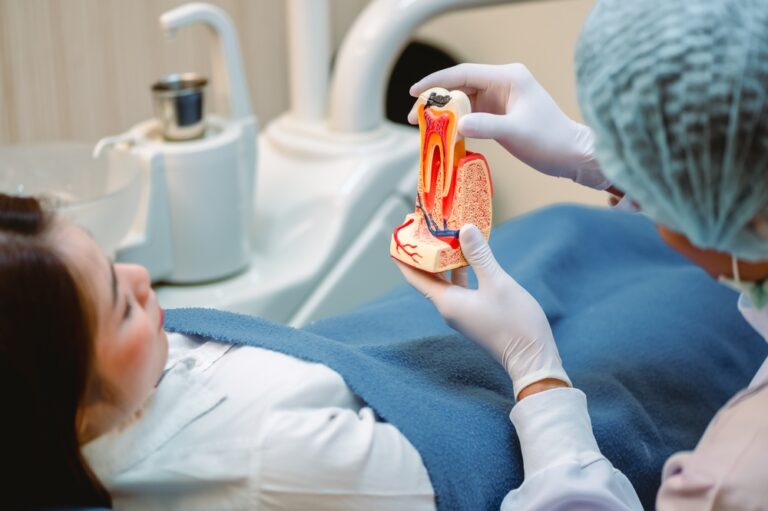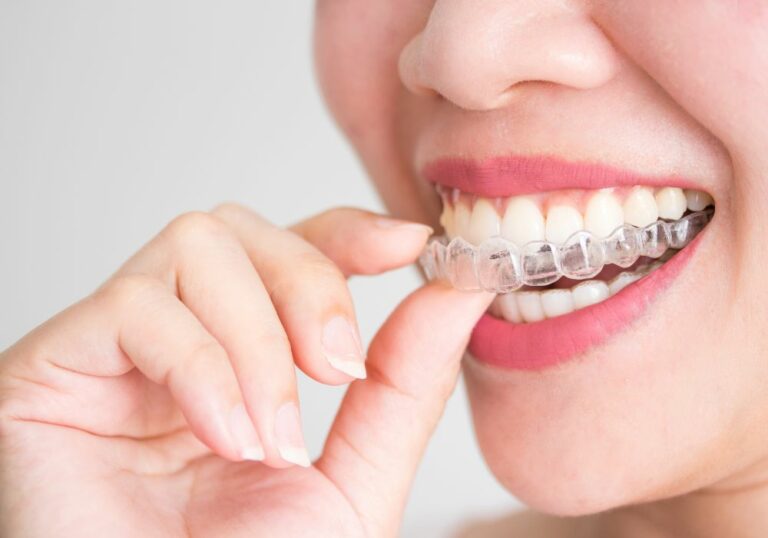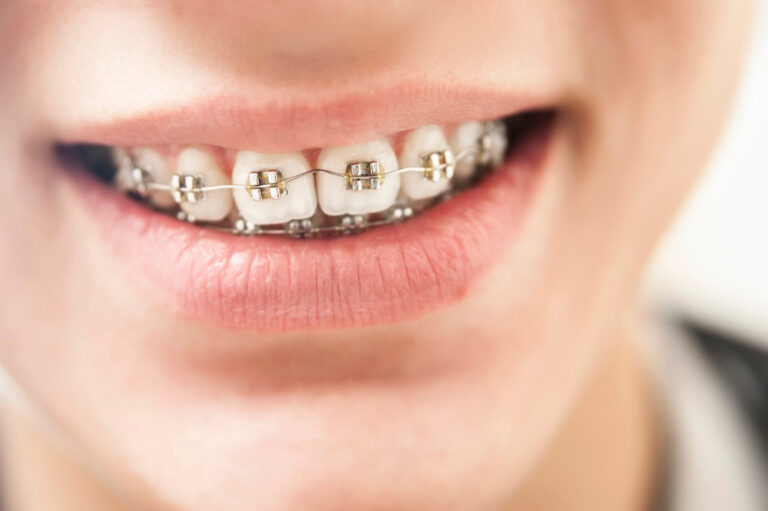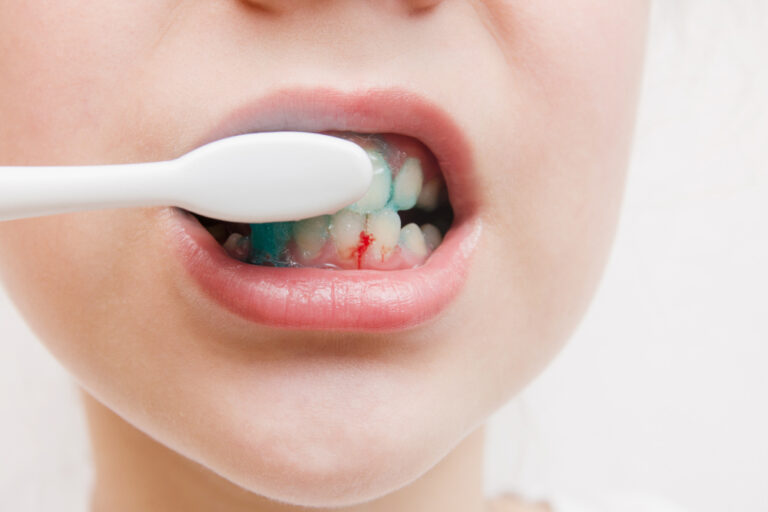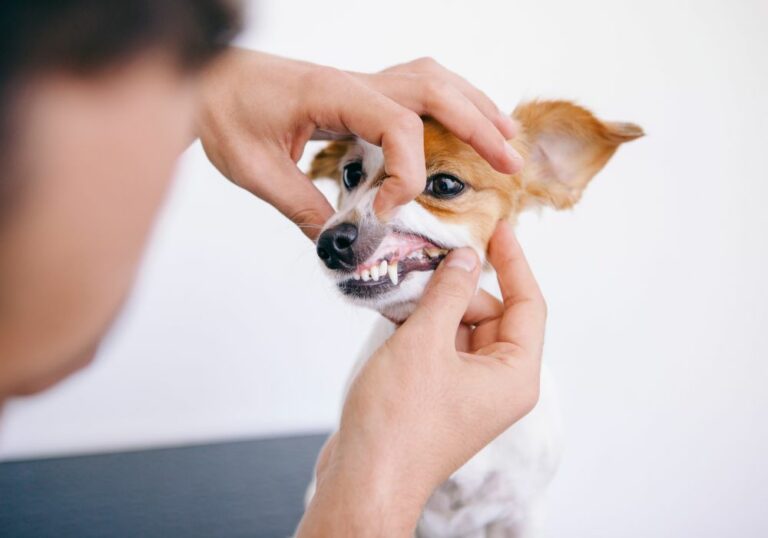Have you ever wondered about the meaning of a dog smiling with its teeth? Do you think “Is it a happy grin or a sign of danger?” You’re not alone in this thought.
Firstly you must know that behavioral rules aren’t the same for dogs and humans.
Your dog can’t smile. But it can show its teeth to convey aggression or submission. Knowing the difference is vital for your relationship with the canine to avoid domestic accidents and oversights.
This guide will help you understand why your dog is “smiling,” what it means, and how you can handle it.
Is My Dog Smiling or Showing Its Teeth?
Where you see a “smile,” a behavioral expert sees a “submissive grin” because Dogs Don’t Smile. That toothy expression with their lips pulled back and sometimes panting with their tongue out isn’t a smile in the conventional use of the word.
Yes, it’s an endearing look, especially when accompanied by a soft gaze, a.k.a. “puppy dog eyes,” in your dog’s happy moment. But all isn’t as it seems.
What Does It Mean When My Dog Shows Its Teeth?
Because of evolution, you’re not far off the mark in thinking that a dog’s bared teeth equals a human smile. Behaviorists believe that canines mimicked human facial expressions after years of domestication.
The typical dog lover reacts to seeing any breed by smiling, petting, cooing, and serving doggy treats. Like humans, domesticated dogs also love these signs of approval and would repeat the patterns to earn more positive responses.
But be careful because bared teeth have more than one meaning.
- A Submissive Grin
- A Defensive Grin
What’s the Difference Between a Submissive Grin and a Defensive Grin?
Before we discuss the difference between both types of grins, understand that facial expression is a muscle reflex. Your dog isn’t reacting specifically to its emotion but its mood. If you’ve been coasting through this article, now is the time to pay attention.
The difference between your dog’s aggressive and submissive grin lies in the expression. “How is your dog grinning?”
- The Submissive Grin (or the Smile)
You’ll see this expression from dog to dog (other animals) or dog to human when your canine seeks approval or appeases a master. For the submissive smile, your dog bares its front teeth in a closed grin by lifting its upper lip.
Your dog’s submissive smile is a reflex of its relaxed body posture. That’s why you’ll see it when the canine is lying in its bed or playing.
The look tells you, as the owner, “You’re the Boss,” or I need protection from someone or something. You’ll typically see this when your canine meets strangers in familiar and new environments.
- The Aggressive Grin, a.k.a. The Snarl
You should know the snarl as a dog owner or lover because it’s scary and dangerous. Non-scientists don’t consider this expression a grin, but it is so, even though it’s a sign of aggressive behavior.
Your dog will draw its lips back to show its front teeth in an attack position. The aggressive grin gets confusing when the canine still decides between attack and threat. So, you’ll see the lips curl up instead of back when the dog is snarling to warn the opposing person or animal.
What is My Dog’s Body Language Saying?
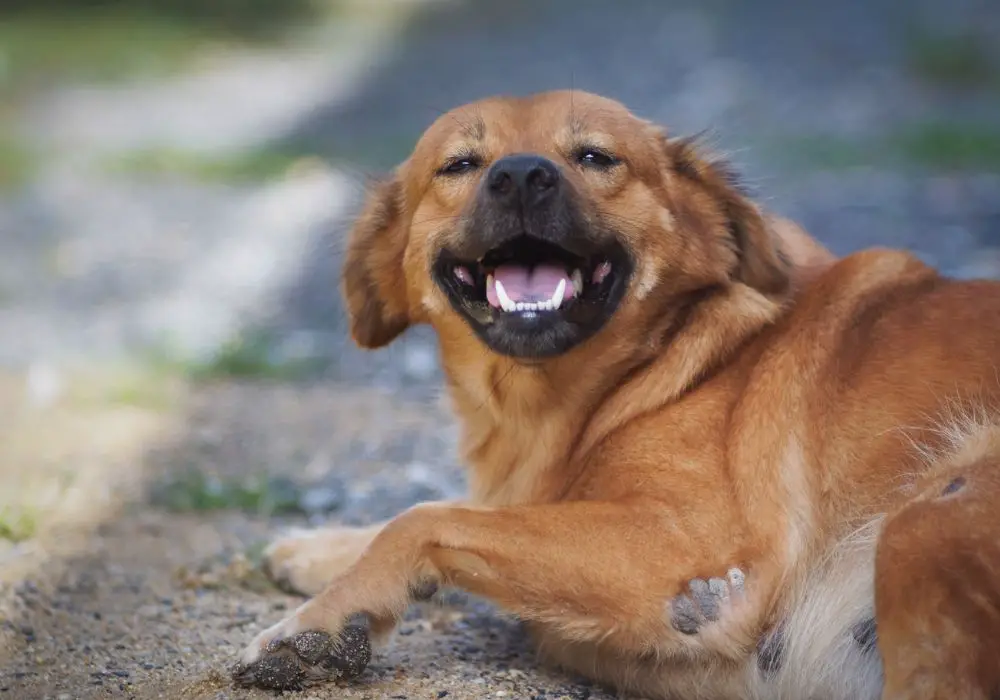
Man’s best friend can’t speak about their feelings which is why caring owners and dog enthusiasts must find other ways to understand them. The dog’s body language is also a dead giveaway about its true feelings.
When it has a lowered head, squinty eyes, and a soft body posture, that’s a sign of submission. But the opposite stance showing your dog with its whole body alert, head raised, wide eyes, and a mean snarl, is a sign of aggression.
Behavioral expert Robin Bennett recommends considering the whole dog’s body language and facial expression before deciding if it’s a submissive or aggressive reaction.
Do Dogs Show Their Teeth when Guilty?
Yes. Your dog will show its teeth, amongst other actions, when it does something that’ll make you yell or punish it. So, if you catch your pet with a submissive grin, check around to ensure it hasn’t chewed on your furniture, shoes, and clothes.
Do Dogs Show Their Teeth when Angry?
Most times, when your doggo is angry, it’ll show its teeth to express its aggression. If someone or something irritates your pet, it’ll first show its teeth to warn them off before attacking. It often comes with a snarl or a growl.
A snarl is when your dog grinds its teeth and lets out a low, threatening sound through the clenched canines. It becomes a growl when the animal opens its mouth and lets out a louder menacing sound from the depths of its guts. Think of it as a dog’s “roar.”
Do Dogs Show Their Teeth When Hormonal?
Dogs chew non-stop when they get hormonal because they can’t help it. Your pet won’t bare its teeth like the typical grin. Instead, you’ll see consistent involuntary grinding of its pearly whites.
Other Behavioral Signs from My Dog
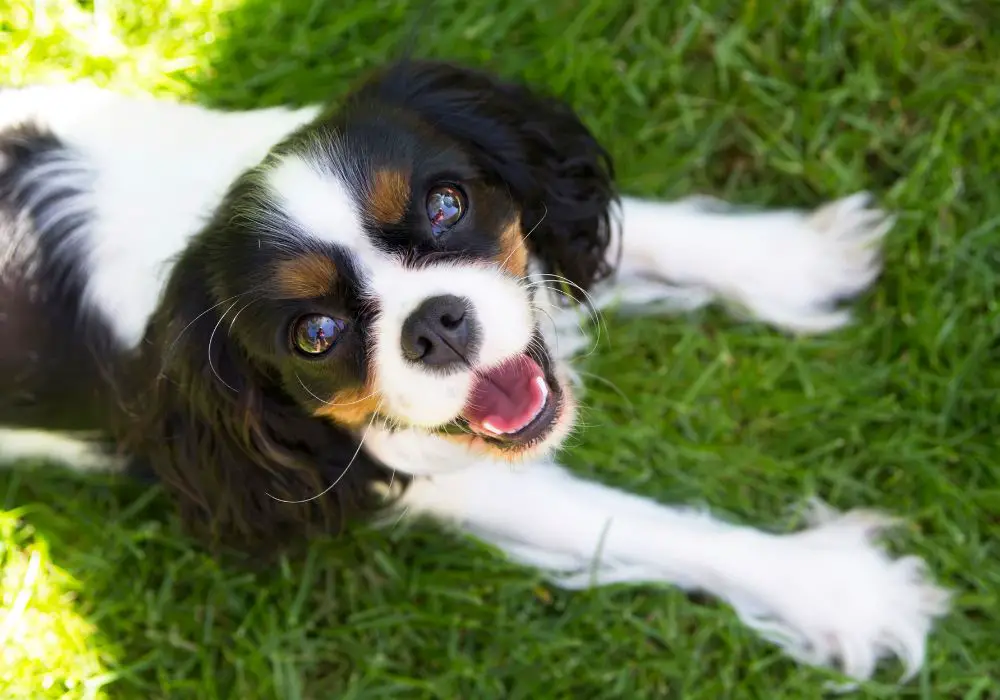
Before you leave, let’s discuss the other body language and behavioral signs your dog exhibits and their meanings.
Why is My Dog Growling?
The deep rumble you hear from your dog when it’s showing its teeth in an aggressive stance is called a growl. It does this when it feels threatened and wants to warn the trigger before attacking. This trigger may be a human, an object, or another animal.
A growl could also mean your dog is struggling with pain and fear. In this case, it’ll wag its tail repeatedly while maintaining a rigid posture. Your canine’s whole body will be stiff, including its ears which get erect.
What To Do When Your Dog Bares Its Teeth At You?
Don’t panic because that’ll worsen the situation. Instead, carefully walk away and avoid eye contact. Contact professional dog caregivers, including trainers, vets, and behaviorists, to clarify if it’s a medical or social issue.
What to Do When Your Dog Bares its Teeth At Another Dog?
If your dog shows aggressive traits around other dogs, removing it from the situation is best. Return home if you’re at a public park or taking a walk.
Being in a familiar environment will calm the dog unless there’s more to its growl and snarl. Then, you must call a professional.
Why is My Dog Smiling After I Scold Her/Him?
If your dog smiles after you scold her or him, you must confirm the type of grin. A submissive grin is the pet’s way of telling you there’s nothing to worry about because it’s apologetic about its actions. But if you get an aggressive grin, don’t approach the pet.
Carefully lower your tone and back away from the canine. Once you’re safely away, call for help from a professional dog caregiver.
Remember, we use “smile” loosely because dogs don’t smile. But how can you tell when your pet is happy if that’s the case?
Signs that My Dog Is Happy
The “Smile” isn’t the only tell-tale that your dog is happy. Instead, study its entire body language. A happy dog will have relaxed ears, soft eyes, cheerful barks, jumping around, and wiggly tails.
What Does it Mean When My Dog Wags Its Tails?
Firstly, clear your mind of the naïve idea that a wagging tail always means happiness. Like the dog’s smile, wagging tails are reflexes that mean different things and are also one way a dog can communicate with its owner or other animals.
Depending on the breed and length, a dog’s natural tail position is down or up. Longer tails hang down, while short ones face upward. If it becomes rigid and erect, your dog is in a fight position but not yet aggressive.
Once a typically downward tail moves into a high position and a vertical one forms an arch, your dog is ready for aggression. And if it returns to a neutral position, that’s a sign of submission.
Conclusion
Even though a dog’s smile, as you know it, is often a reflex action, it can be a sign of happiness and aggression. As a dog owner or enthusiast, your job is to know the difference and avoid dangerous interactions with your pet.
Remember that a pulled-back lip means aggression, while a raised upper lip means submission. In case of confusion, don’t interact with the canine. Instead, call a dog trainer, behaviorist, or veterinarian to help you handle the situation.
If you want to see the submissive grin, play with your pet and reward it for good behavior. It’ll repeat the patterns to get more treats, and you can get your happy family picture.


